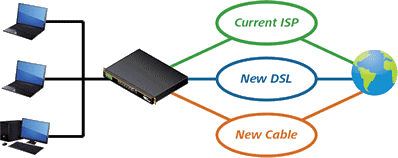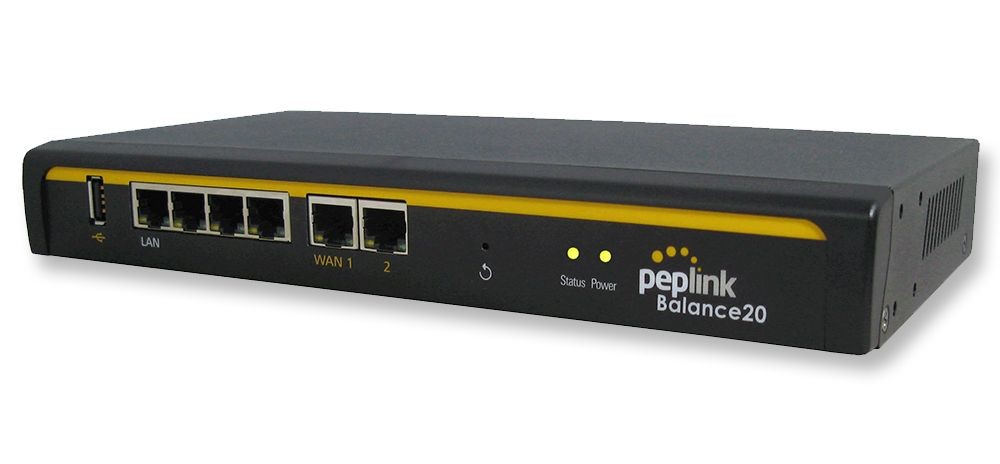


Most of these early solutions required manual configuration and identical equipment on both sides of the connection. An alternative solution, introduced by many of the network manufacturers in the early 1990s, is to use link aggregation to combine two physical Ethernet links into one logical link. If one started to bump into bandwidth ceilings, then the only option was to move to the next generation, which could be cost prohibitive. Ethernet bandwidths historically have increased tenfold each generation: 10 megabit/s, 100 Mbit/s, 1000 Mbit/s, 10,000 Mbit/s. Link aggregation increases the bandwidth and resilience of Ethernet connections.īandwidth requirements do not scale linearly. Implementation may follow vendor-independent standards such as Link Aggregation Control Protocol (LACP) for Ethernet, defined in IEEE 802.1AX or the previous IEEE 802.3ad, but also proprietary protocols. Other umbrella terms used to describe the concept include trunking, bundling, bonding, channeling or teaming. A link aggregation group ( LAG) is the combined collection of physical ports. Link aggregation increases total throughput beyond what a single connection could sustain, and provides redundancy where all but one of the physical links may fail without losing connectivity. In computer networking, link aggregation is the combining ( aggregating) of multiple network connections in parallel by any of several methods. It's worth noting that some of these services may not be available in your area, so be sure to read CNET's reviews of the top-scoring services (linked above) for more information.Link aggregation between a switch and a server That rating means users for each service, on average, could stream 1080p or better video with satisfactory load times and little stalling.

Google Fiber and Fios essentially tied for first in broadband video experience, a category in which most of the 26 broadband providers scored a rating of very good. Google Fiber was the only provider to top the 100Mbps threshold, with an average upload speed of nearly 107Mbps, edging second place AT&T Fiber by more than 10Mbps and third place Fios by over 12Mbps. But, says CNET broadband expert Trey Paul in his review of Fios, "if you live within Verizon's East Coast coverage area and Verizon Fios is available at your address, its internet service is tough to beat."įor most people, the most important component of their internet service is the download speed, but there are plenty of people whose work relies on getting large files uploaded quickly. Currently, Fios is available only in eight states: Delaware, Maryland, Massachusetts, New Jersey, New York, Pennsylvania, Rhode Island and Virginia (plus Washington, DC).


 0 kommentar(er)
0 kommentar(er)
